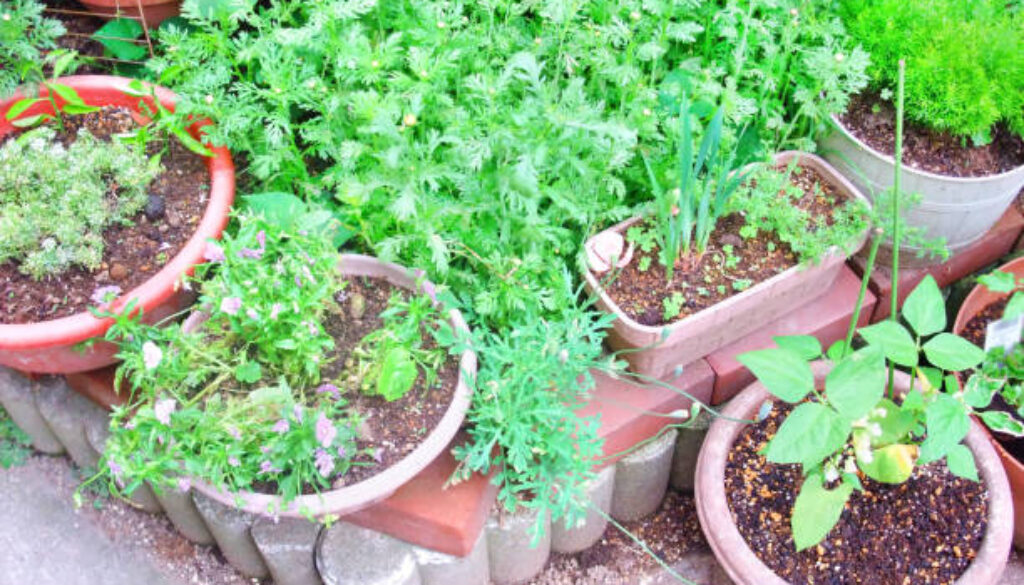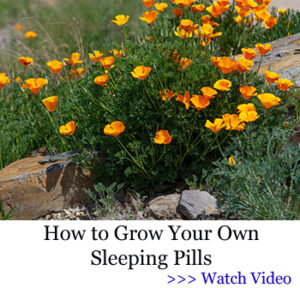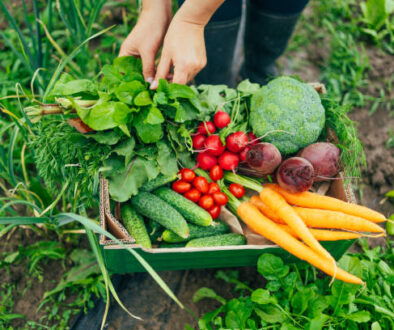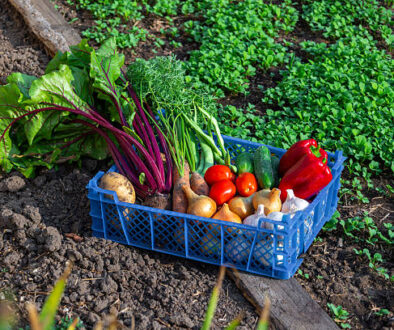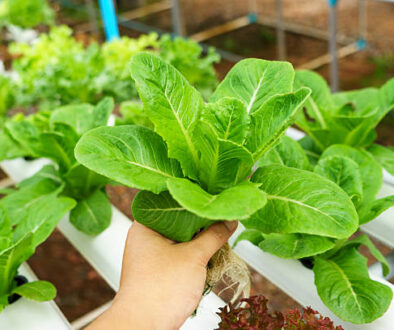Herbal Medicine Garden Care Tips for Healthy, Potent Healing Plants
This post may contain paid and/or affiliate links. I may earn a small commission at no extra cost to you.
Caring for a herbal medicine garden is easier than you might think, but it does take a little know-how to do things right.
When you grow medicinal plants, you want them to stay strong, healthy, and full of healing power.
The good news? With the right care, your healing herb garden can thrive in any backyard.
A well-tended medicinal herb garden not only looks beautiful but also gives you fresh remedies right when you need them.
Whether you’re just starting a small medicine garden or adding to one you already have, these simple tips will keep your plants vibrant and potent.
Why Caring for a Herbal Medicine Garden Matters
Growing a garden filled with healing plants feels amazing, but caring for it the right way makes all the difference.
It’s not just about having green leaves in the backyard.
It’s about making sure those leaves, flowers, and roots are strong enough to give you the healing benefits you’re hoping for.
Ever wondered why some gardens thrive while others barely hang on? The secret lies in proper care.
A little attention each week can keep your herbal medicine garden full of life and ready to help you whenever you need it.
Related:
- Why Everyone should have a medicinal garden in their backyard
- The Most Important Plants That Are Probably Missing From Your Backyard (Medicinal Plants)
- The Main Benefits of Having a Medicine Garden in Your Backyard
Choosing the Right Location
Before you even plant a seed, location matters. Most medicinal plants love sunlight, about six to eight hours a day.
Without enough sun, they’ll grow weak, and you’ll end up with plants that don’t carry as much potency.
If your yard has both sunny and shady spots, match the plant to the location.
For example, lavender and chamomile thrive in full sun, while mint prefers a little shade.
Doesn’t it make sense to give each plant its favorite place instead of forcing it to adapt?
Soil Preparation for Strong Roots
Healthy plants start with healthy soil. Medicinal plants need well-draining soil that isn’t too heavy.
If your soil feels like clay, mix in sand and compost to lighten it up.
On the other hand, if it’s sandy, add organic matter to help it hold moisture.
Good soil means strong roots, and strong roots mean potent plants.
Think of the soil as the foundation of your healing garden.
Would you build a house without a strong base? The same rule applies here.
Watering the Right Way
It’s tempting to water herbs every day, but that’s often a mistake.
Most medicinal plants prefer slightly dry soil. Overwatering can cause root rot, and that’s a fast way to kill your plants.
The best method is deep watering. Soak the soil thoroughly, then let it dry a bit before the next watering. This encourages roots to grow deep instead of staying shallow.
Plants with deep roots are stronger, healthier, and more resistant to stress.
Feeding Your Healing Herb Garden
Herbs don’t need heavy fertilizer like vegetables, but they do benefit from a little boost.
Compost or natural fertilizers such as fish emulsion or seaweed extract work well.
These add nutrients without overwhelming the plants.
Overfeeding can actually reduce the potency of medicinal herbs.
Did you know too much nitrogen makes herbs grow lush but weak in flavor and healing power? A light hand keeps your plants balanced.
Pruning and Harvesting for Potency
Why Pruning Helps
Pruning might feel unnecessary, but it keeps plants healthy.
Snipping off dead or weak stems encourages new growth.
It also keeps your garden looking neat and prevents plants from getting overcrowded.
When to Harvest
Timing matters when you’re harvesting herbs for their healing properties.
Leaves are most potent before a plant flowers. Flowers, on the other hand, should be picked right when they bloom.
Roots are usually best in the fall when energy has moved down into the ground.
Harvest gently, and don’t take more than one-third of the plant at a time.
That way, it can keep growing strong for future use.
Drying and Storing Medicinal Herbs
Fresh herbs are wonderful, but having dried ones ready for teas or balms is essential.
The key is drying them slowly and out of direct sunlight.
Hang small bundles upside down in a cool, airy room.
Once dry, store them in airtight containers away from light and heat.
Properly stored herbs can keep their healing power for up to a year.
Doesn’t it feel good knowing you have your own natural remedies ready whenever you need them?
Protecting Your Garden Naturally
Keep Pests in Check
Chemical sprays might work fast, but they can ruin the purity of medicinal herbs.
Instead, use natural methods. Plant basil, marigolds, or garlic nearby to deter pests.
Encourage helpful insects like ladybugs that eat harmful bugs.
Disease Prevention
Water at the base of the plant instead of overhead to keep leaves dry.
Wet leaves often lead to fungus and mildew. Rotate plants each season if possible to keep soil diseases from spreading.
Mistakes to Avoid
Even experienced gardeners slip up sometimes.
Here are a few mistakes that can weaken your medicine garden:
- Planting too many herbs at once and getting overwhelmed.
- Forgetting to label plants, which leads to confusion.
- Harvesting too late, which reduces potency.
- Using harsh chemicals that contaminate the herbs.
Avoiding these mistakes keeps your plants healthy and ready to serve their purpose.
Creating a Routine That Works
The easiest way to care for a medicinal herb garden is to make it part of your routine.
Spend just 10–15 minutes a few times a week checking on plants, watering, and pruning.
Gardening doesn’t have to feel like a chore. In fact, it can be relaxing and rewarding.
How great would it feel to unwind after a long day by tending to plants that also care for you in return?
Bringing It All Together
A healthy herbal medicine garden doesn’t happen by chance.
It comes from choosing the right spot, preparing good soil, watering wisely, pruning regularly, and storing herbs properly.
Every step you take adds up to stronger, more potent plants.
With the right care, your garden becomes more than just greenery.
It becomes a personal source of comfort, wellness, and natural remedies you can trust.
Conclusion
Caring for a medicinal herb garden is not complicated, but it does take consistency.
Sun, soil, water, and pruning all play a role in keeping your herbs strong and full of healing power.
By avoiding common mistakes and building a simple routine, you’ll create a healing garden that continues to give back season after season.
Your backyard has the potential to be more than just a space—it can be a source of health and peace.
And once you experience the benefits of caring for your own medicinal plants, you’ll never look at gardening the same way again.
FAQs
1. How often should I water my herbal medicine garden?
Most medicinal plants prefer deep watering once or twice a week rather than daily watering. Let the soil dry slightly between waterings to avoid root problems.
2. When is the best time to harvest medicinal plants?
Harvest leaves just before the plant flowers, flowers when they first bloom, and roots in the fall. This is when each part is most potent.
3. Can I grow medicinal plants in containers instead of a yard?
Yes! Many herbs like mint, basil, and lavender grow well in pots. Just make sure they have good soil, drainage, and enough sunlight.
4. Do medicinal herbs need fertilizer?
They don’t need much. A light boost with compost or natural fertilizers a few times a season is enough. Overfeeding can actually weaken their healing strength.
